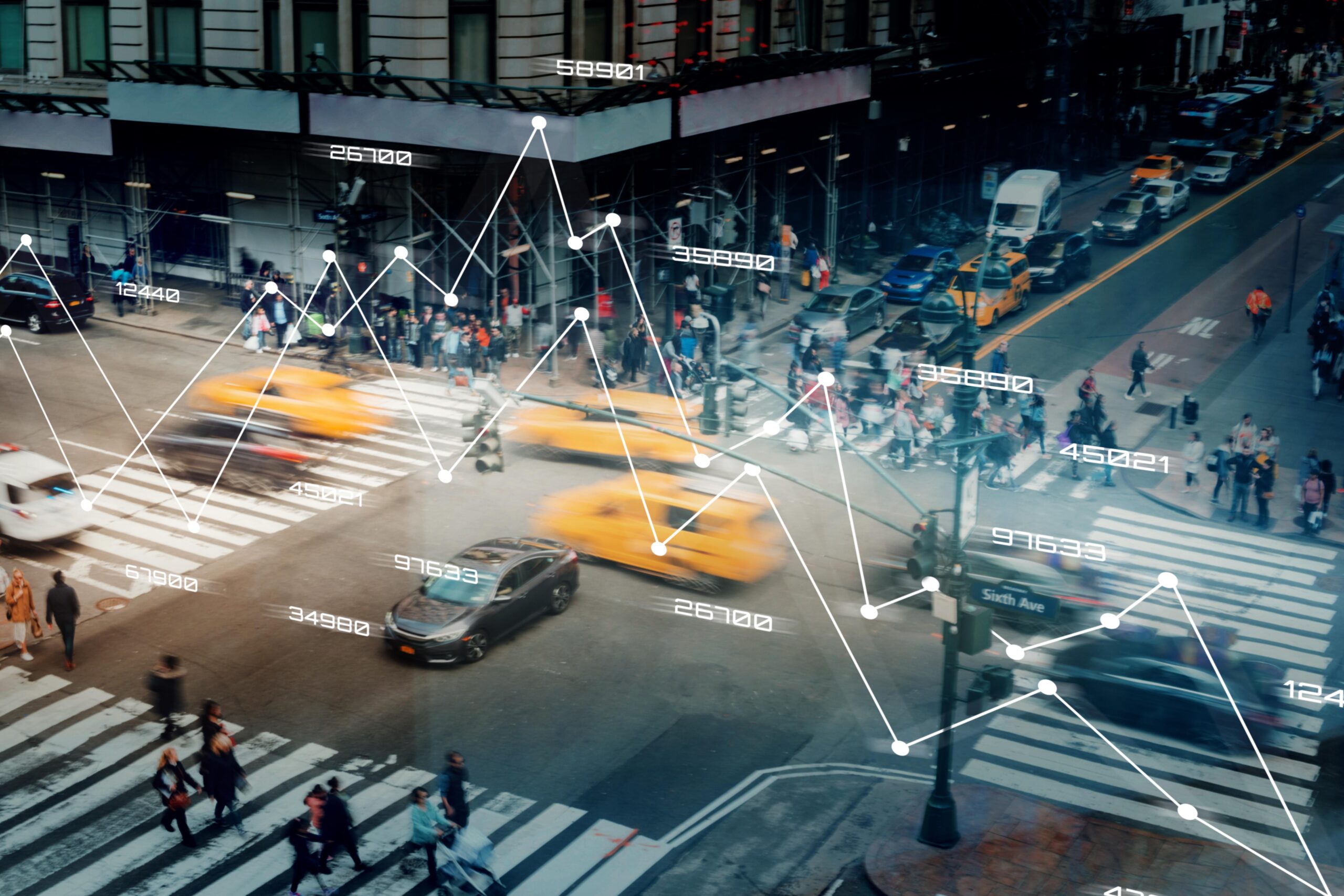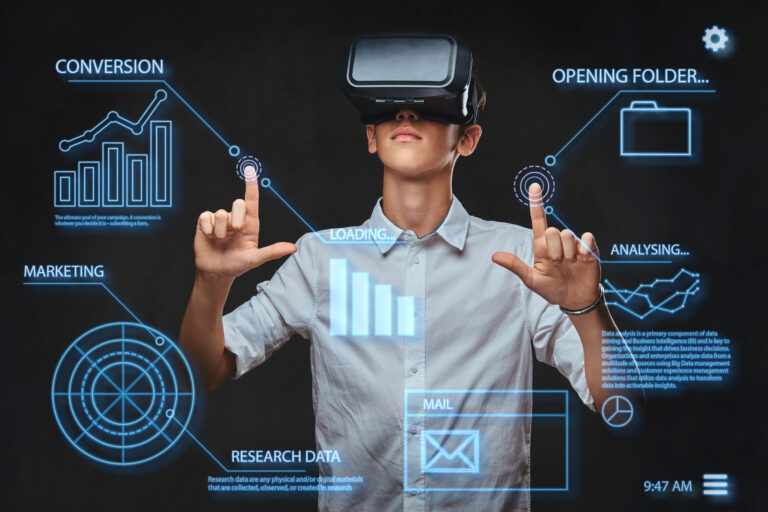The Role of Technology in Enhancing Mobility
Technology has become a game-changer in the world of mobility, revolutionizing how we move from place to place. From electric vehicles to smart city infrastructure, advancements in technology are making transportation more efficient, sustainable, and accessible. Let’s explore how technology is enhancing mobility and transforming our daily commutes.
The Rise of Electric Vehicles (EVs)
Electric vehicles (EVs) are at the forefront of the mobility revolution. With their eco-friendly design and efficient performance, EVs are becoming increasingly popular among consumers and businesses alike.
Environmental Benefits
EVs produce zero tailpipe emissions, significantly reducing air pollution and our carbon footprint. This is crucial in combating climate change and improving air quality in urban areas. As more people adopt EVs, we can look forward to cleaner, healthier cities.
Cost Savings
Although the initial cost of EVs can be higher than traditional vehicles, they offer substantial savings in the long run. EVs have lower maintenance costs due to fewer moving parts and reduced wear and tear. Additionally, the cost of electricity is generally lower than gasoline, making EVs more economical over time.
Autonomous Vehicles: The Future of Driving
Autonomous vehicles, or self-driving cars, are another exciting development in mobility technology. These vehicles use advanced sensors, machine learning, and AI to navigate roads and make driving decisions.
Safety Improvements
Autonomous vehicles have the potential to drastically reduce traffic accidents caused by human error. With precise sensors and real-time data analysis, these vehicles can react faster and more accurately than human drivers, leading to safer roads.
Increased Accessibility
Self-driving cars can provide mobility solutions for individuals who cannot drive, such as the elderly or disabled. This increased accessibility can enhance their independence and quality of life, making transportation more inclusive.
Smart Cities and Infrastructure
Smart city technology is transforming urban mobility, making transportation systems more efficient and user-friendly.
Intelligent Traffic Management
Smart traffic management systems use sensors and AI to monitor and control traffic flow in real-time. These systems can adjust traffic signals, provide real-time updates to drivers, and optimize traffic patterns to reduce congestion and travel times.
Connected Public Transportation
Technology is enhancing public transportation through real-time tracking, mobile ticketing, and integrated transportation networks. Passengers can use mobile apps to check bus or train schedules, purchase tickets, and receive updates on delays or changes, making public transportation more convenient and reliable.
Ride-Sharing and Mobility-as-a-Service (MaaS)
Ride-sharing platforms like Uber and Lyft have revolutionized how we get around, providing flexible and affordable transportation options.
Reduced Car Ownership
Ride-sharing services reduce the need for individual car ownership, leading to fewer vehicles on the road and reduced traffic congestion. This shift towards shared mobility is also more environmentally friendly, as it optimizes vehicle use and reduces emissions.
Mobility-as-a-Service (MaaS)
MaaS platforms integrate various forms of transportation into a single, accessible service. Users can plan, book, and pay for multiple types of transportation, such as buses, trains, and ride-sharing, through one app. This seamless integration simplifies travel and encourages the use of public and shared transportation options.
Micro-Mobility Solutions
Micro-mobility solutions, such as electric scooters and bikes, are becoming popular in urban areas for short-distance travel.
Convenience and Flexibility
Electric scooters and bikes offer a convenient and flexible way to navigate crowded cities. They are ideal for short trips and can often bypass traffic congestion, providing a faster and more enjoyable travel experience.
Environmental Impact
Micro-mobility solutions are environmentally friendly, producing zero emissions and reducing the reliance on cars for short trips. By promoting the use of bikes and scooters, cities can decrease traffic congestion and pollution.
Sustainable Mobility
Sustainability is a key focus in the evolution of mobility technology. Innovations in transportation are making it easier to reduce our environmental impact.
Renewable Energy Integration
The integration of renewable energy sources, such as solar and wind power, into transportation systems is reducing our reliance on fossil fuels. Solar-powered charging stations for EVs and renewable energy-powered public transportation systems are leading the way toward a more sustainable future.
Green Urban Planning
Technology is aiding in the development of green urban planning strategies, such as designing pedestrian-friendly spaces, creating bike lanes, and promoting public transportation. These efforts contribute to more sustainable and livable cities.
Embracing the Future
The role of technology in enhancing mobility is undeniable, and the future holds even more exciting possibilities. Continued advancements in AI, IoT, and renewable energy will further transform how we move, making transportation safer, more efficient, and more sustainable.
In conclusion, technology is revolutionizing mobility by introducing electric vehicles, autonomous driving, smart city infrastructure, ride-sharing, micro-mobility solutions, and sustainable practices. These innovations are making transportation more accessible, efficient, and environmentally friendly. As we embrace these technological advancements, we can look forward to a future where mobility is seamless, sustainable, and inclusive, enhancing our quality of life and preserving our planet for future generations.






